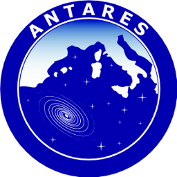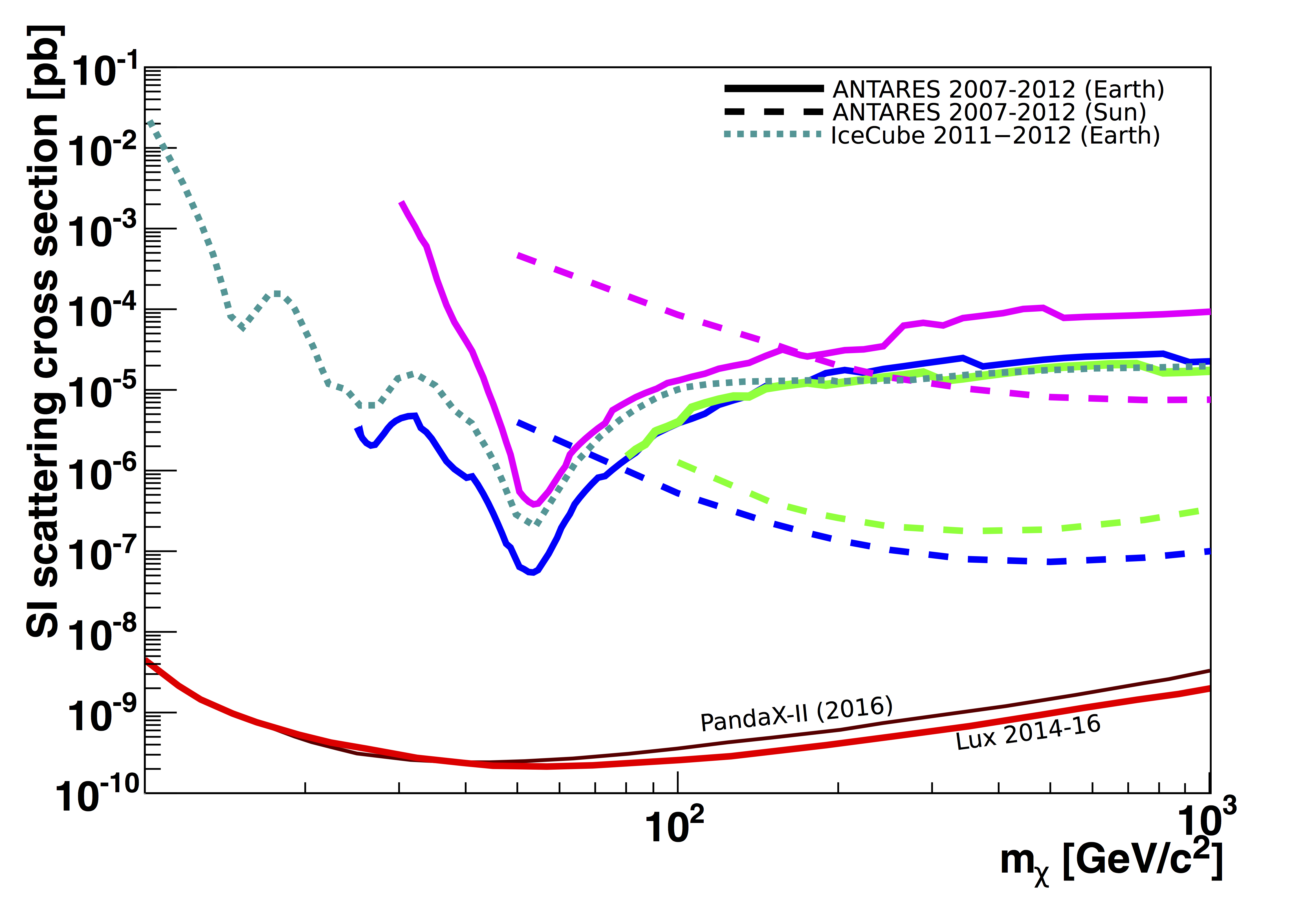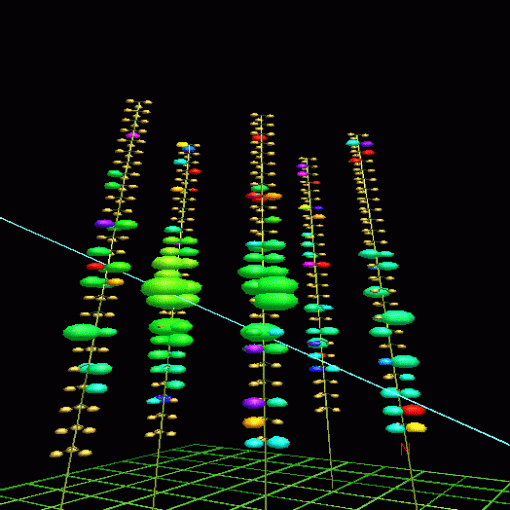The ANTARES detector was the first neutrino telescope in seawater, operating successfully in the Mediterranean Sea for more than a decade and a half. With the first line deployed in 2006, it was completed in May 2008, switched off in February 2022, and fully dismantled in June 2022.
A paper has been recently published summarizing the efforts by the ANTARES Collaboration in the operation of this new type of seawater neutrino telescopes, and present some of the results obtained with this telescope. This Legacy paper is available from the publisher’s site or from ArXiv.
In particular, it summarizes the final ANTARES analysis for a cosmic diffuse neutrino flux using all the available data sample (4541 days of livetime), or the search for steady neutrino sources in the Southern sky, for which the obtained limits are presented in Figure 1 below. It also synthetizes the different multi-messenger searches, for instance the search for neutrinos in the direction of TXS0506+056, the first high-energy neutrino sources discovered, as seen in Figure 2 below. These are only a few examples of many scientific results of importance to the field of neutrino astronomy and astrophysics, during the two decades of operation of ANTARES. Discover more by reading this ANTARES Legacy paper !
The ANTARES detector was built, operated and maintained by many scientists, including those inserted in the list of authors of this ANTARES Legacy paper, and others who retired or have left the collaboration. We warmly acknowledge the contribution of all the former members who dedicated part of the scientific career to such an endeavor adventure. In particular, we would remember those who significantly contributed to the development of this experiment and passed away: Luciano Moscoso (APC), Giorgio Giacomelli (Bologna), Carlo de Marzo (Bari), Vlad Popa (Bucarest).
Wishing all the best to our KM3NeT colleagues in their search for cosmic neutrinos !







